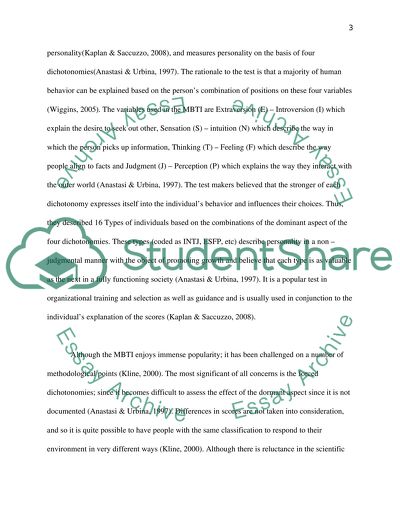Cite this document
(“Strengths and Weaknesses of Personality Tests Essay”, n.d.)
Strengths and Weaknesses of Personality Tests Essay. Retrieved from https://studentshare.org/psychology/1443507-personality
Strengths and Weaknesses of Personality Tests Essay. Retrieved from https://studentshare.org/psychology/1443507-personality
(Strengths and Weaknesses of Personality Tests Essay)
Strengths and Weaknesses of Personality Tests Essay. https://studentshare.org/psychology/1443507-personality.
Strengths and Weaknesses of Personality Tests Essay. https://studentshare.org/psychology/1443507-personality.
“Strengths and Weaknesses of Personality Tests Essay”, n.d. https://studentshare.org/psychology/1443507-personality.


